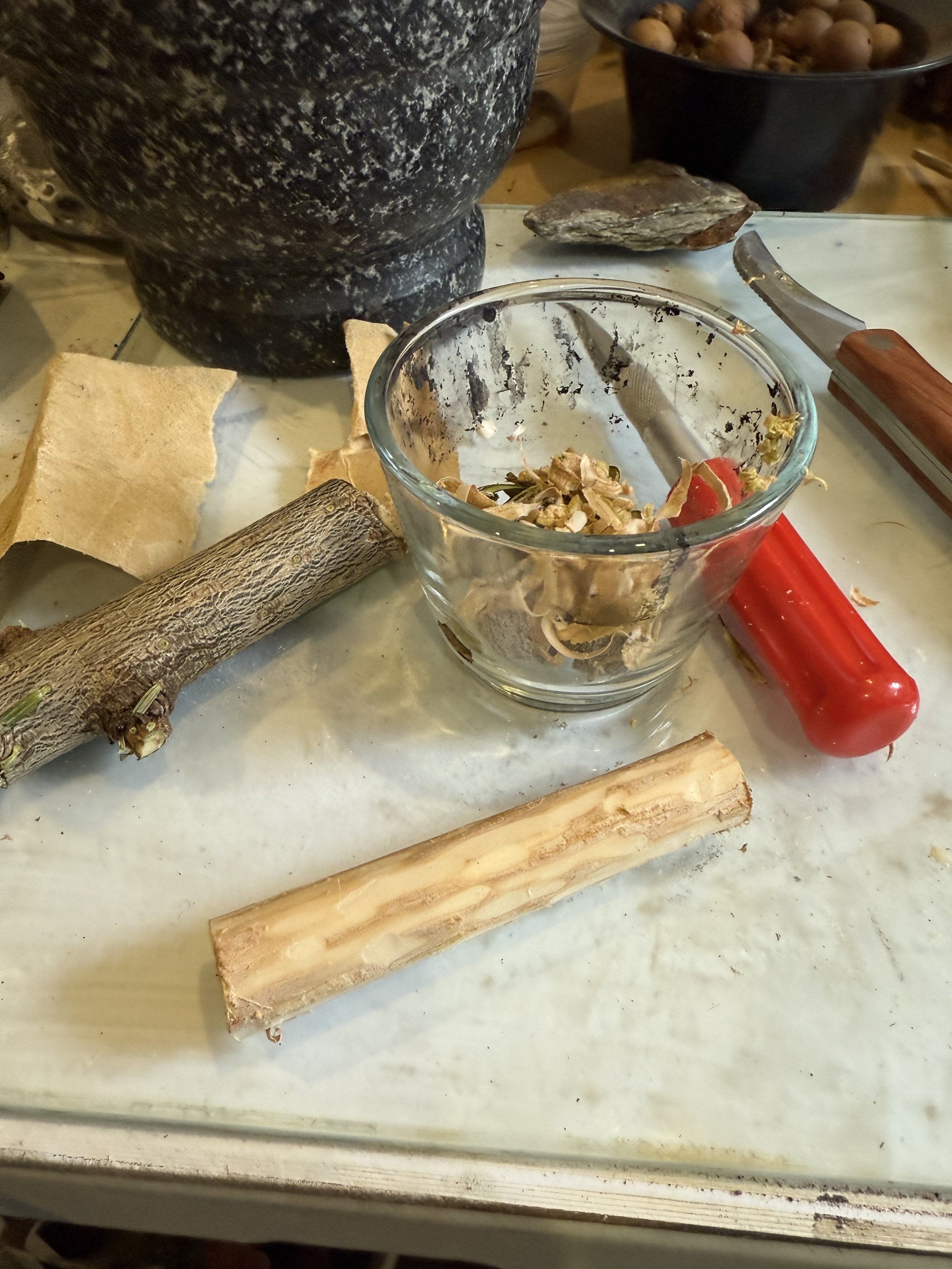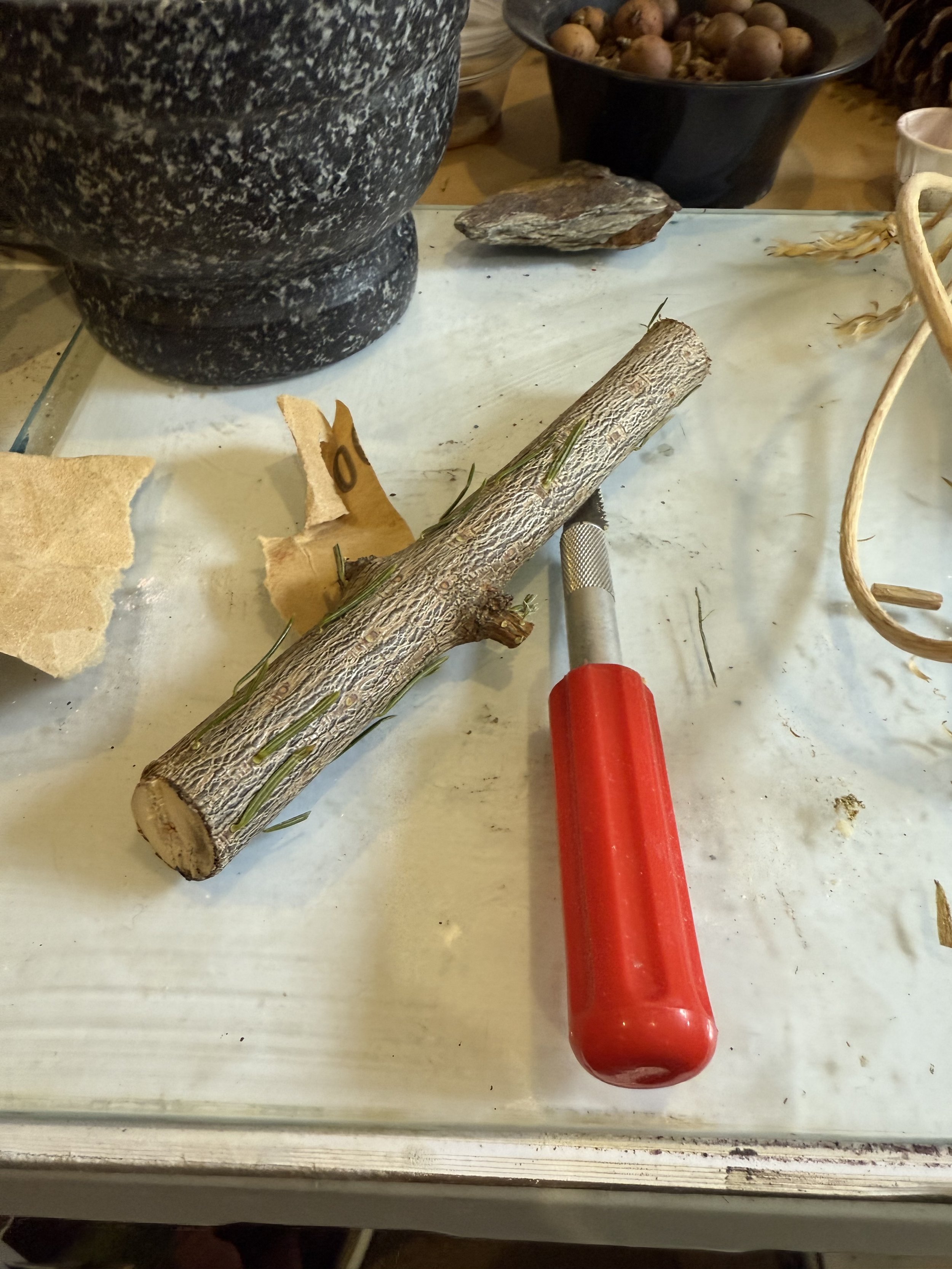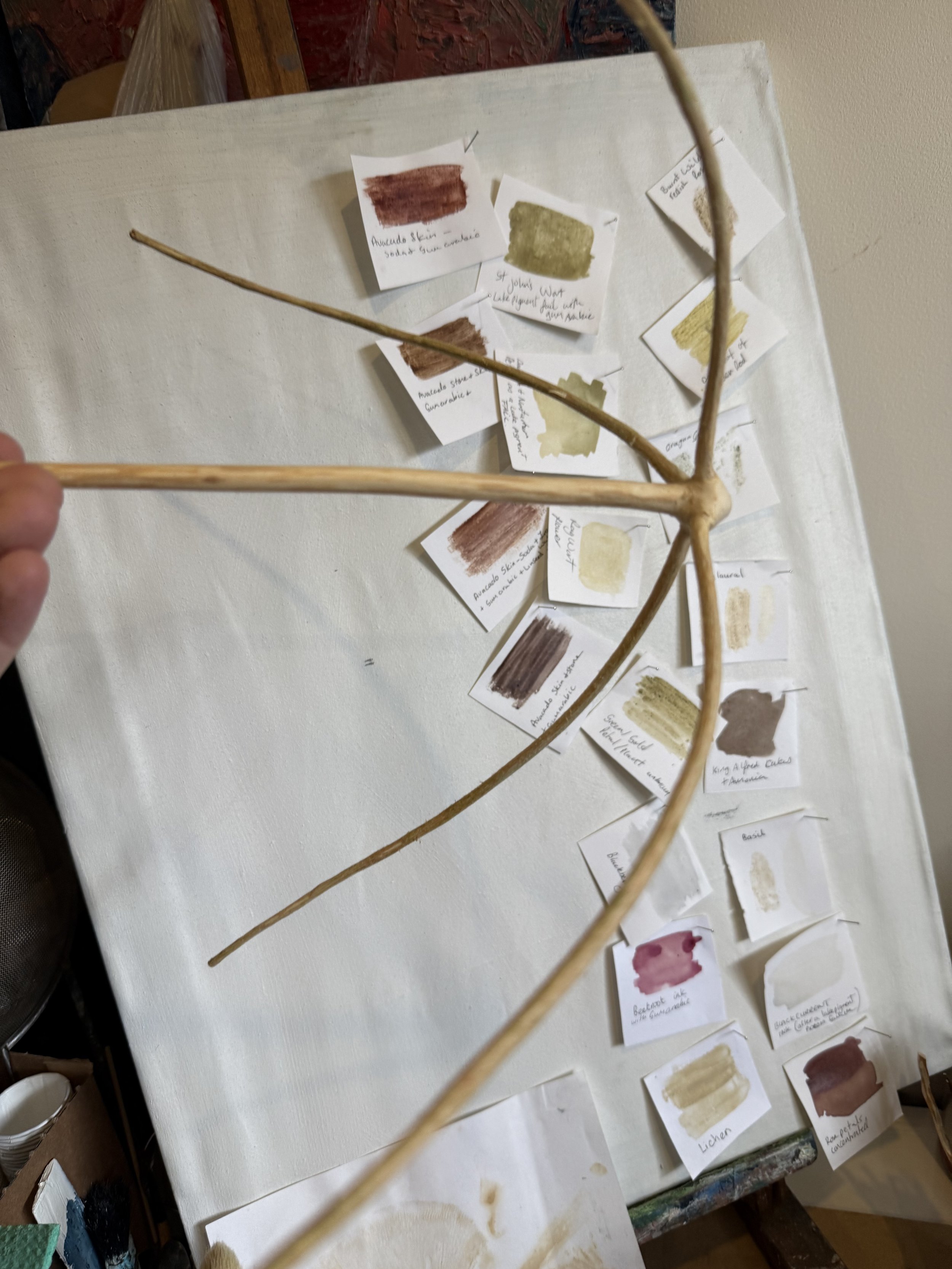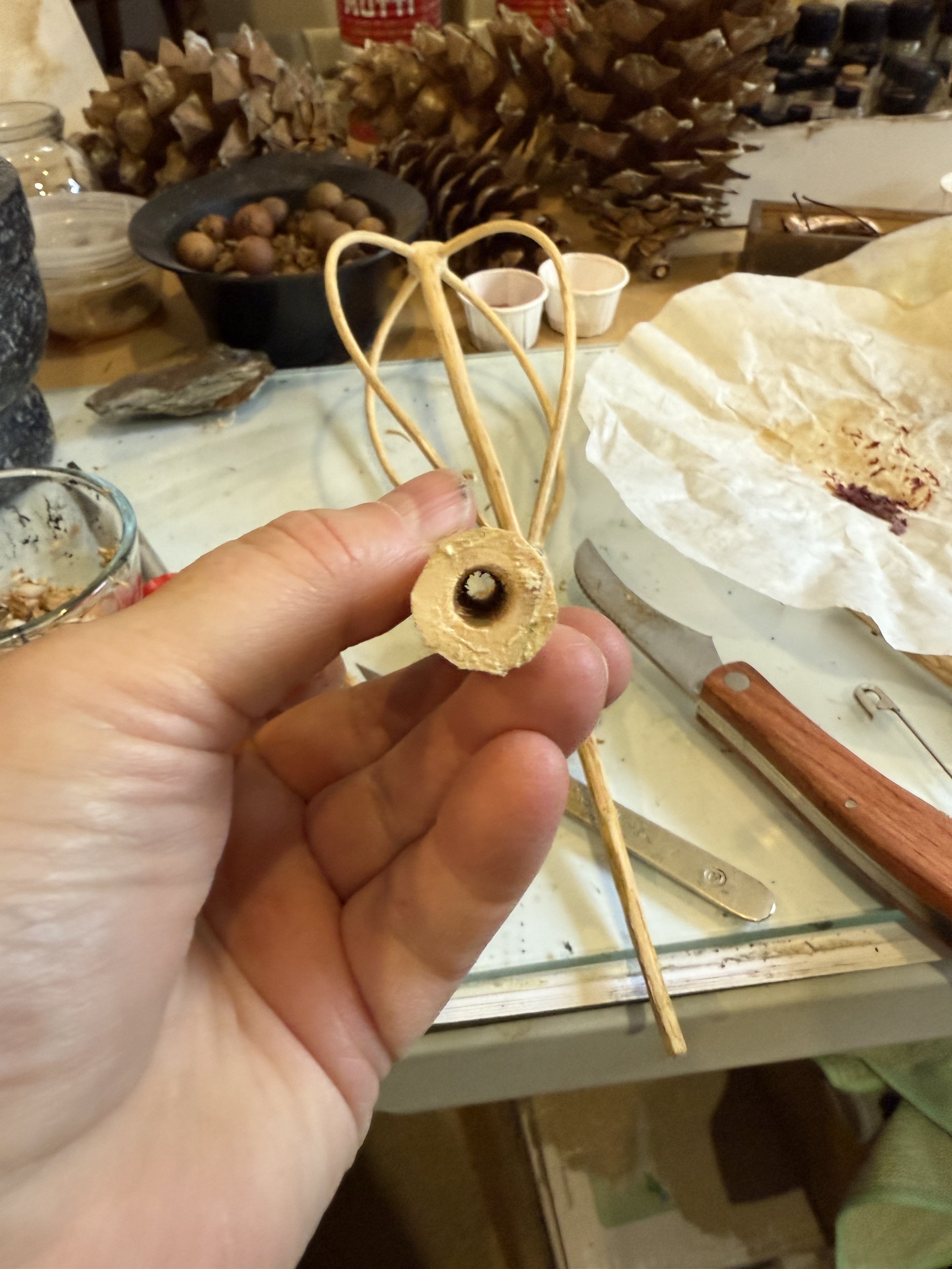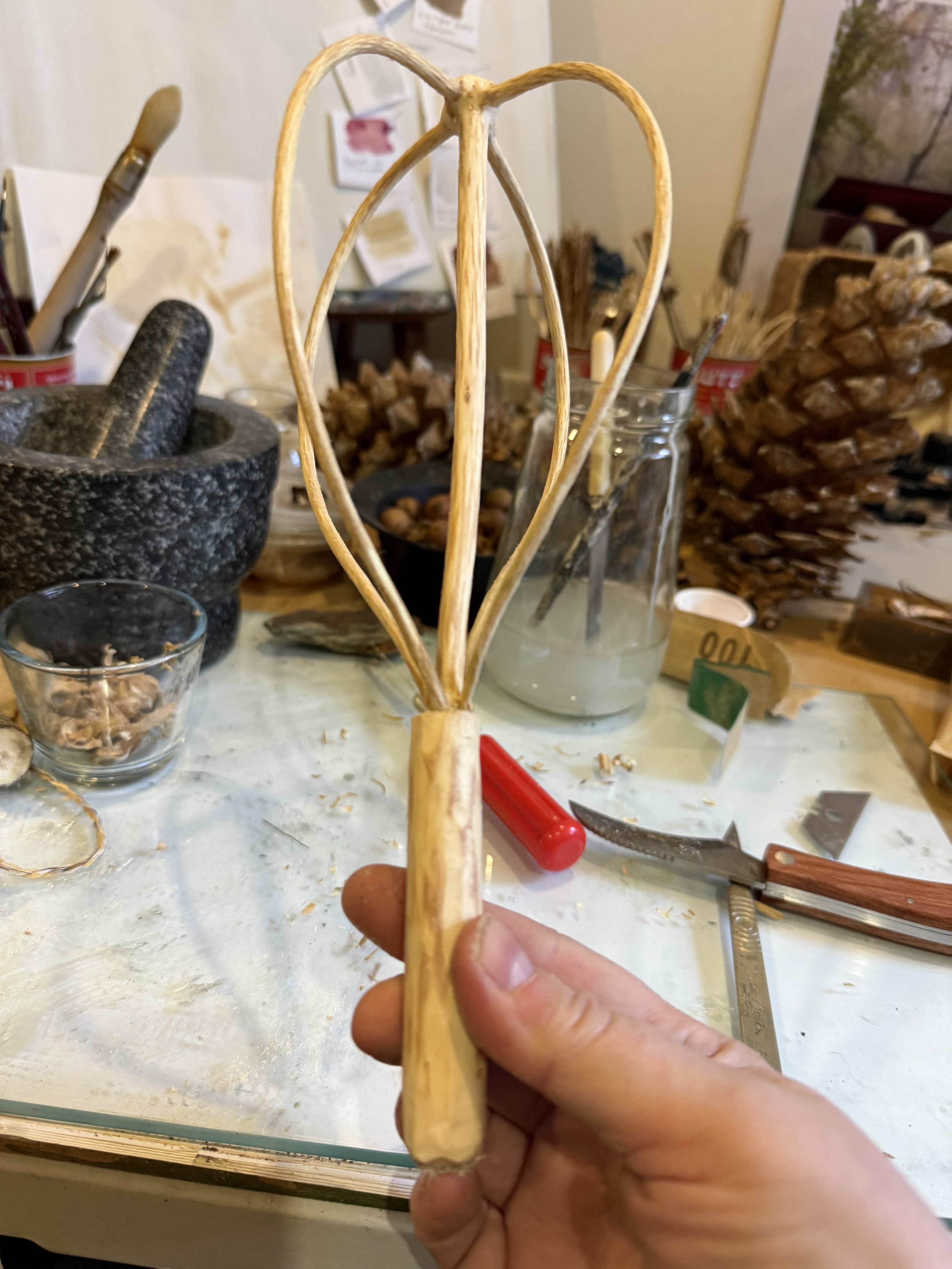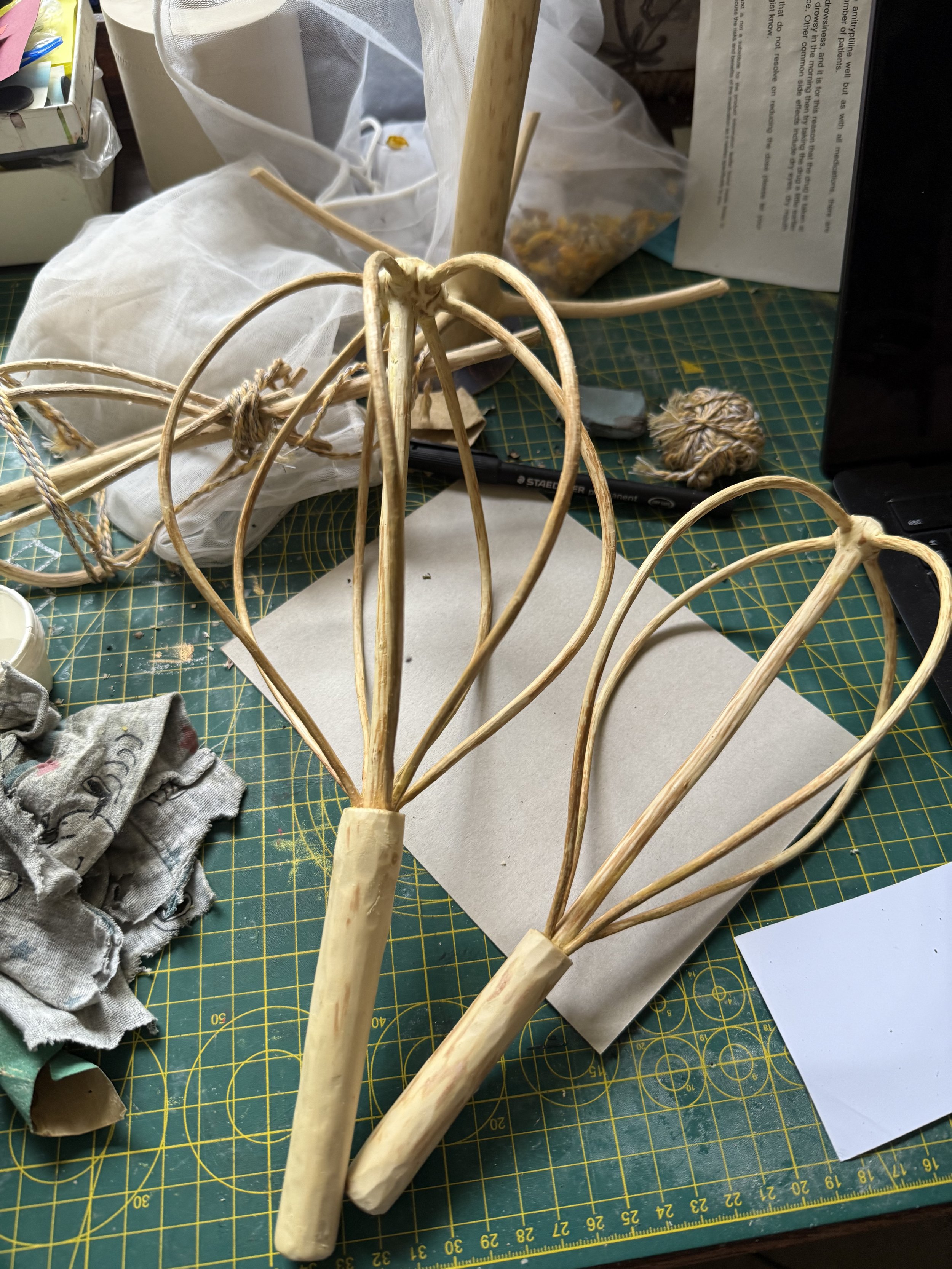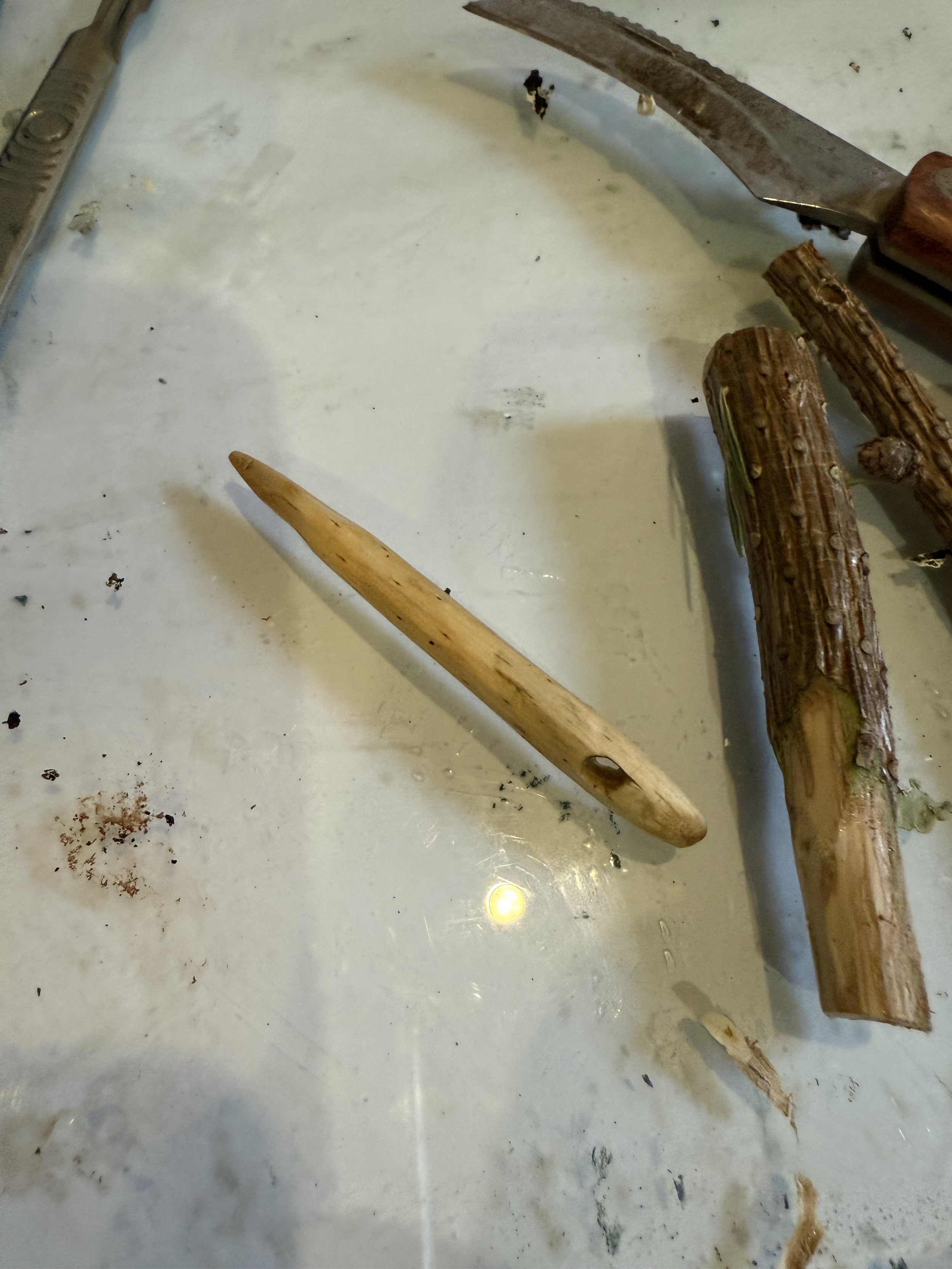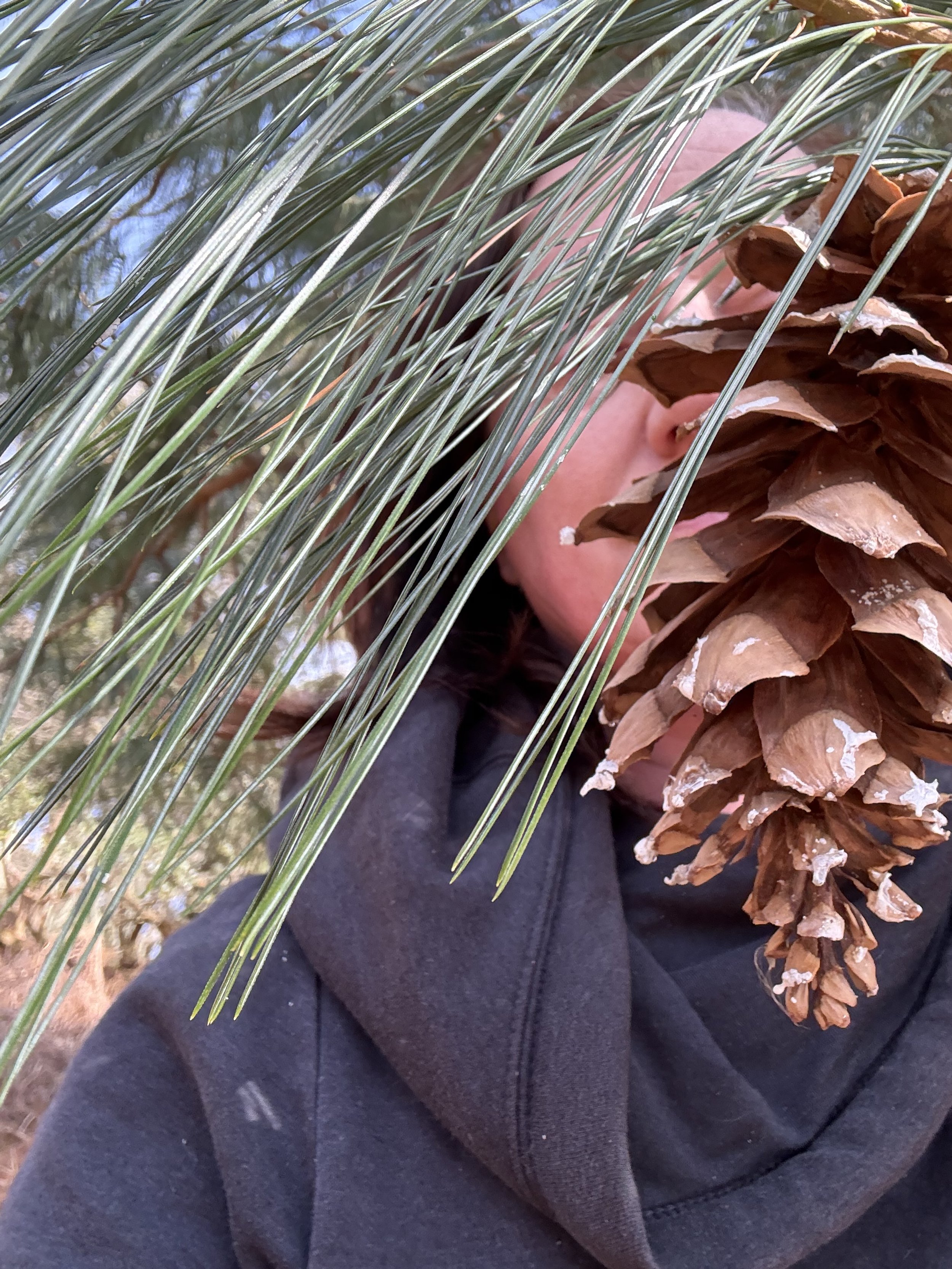
Why I Fell In Love With The Pine Tree….
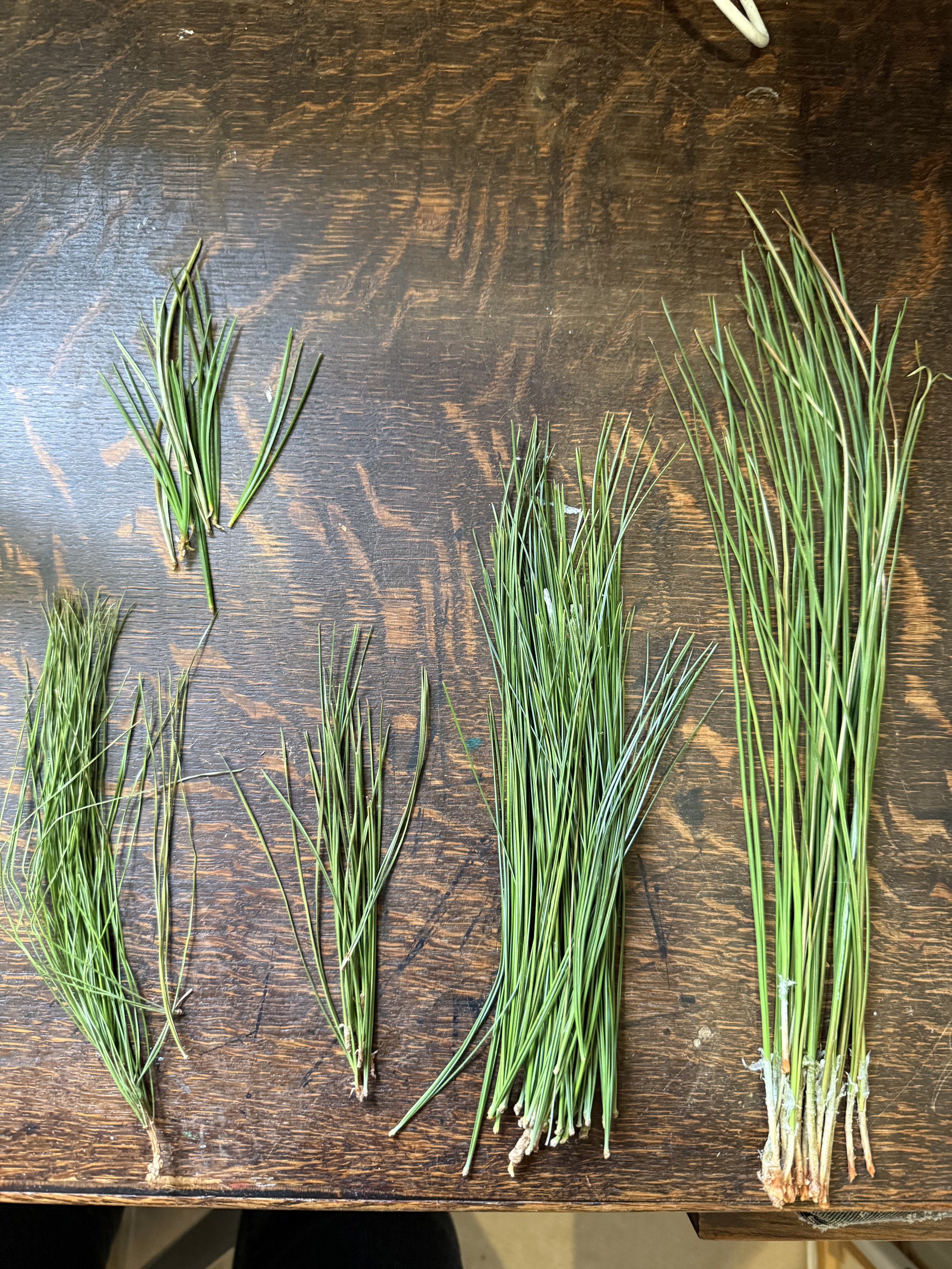
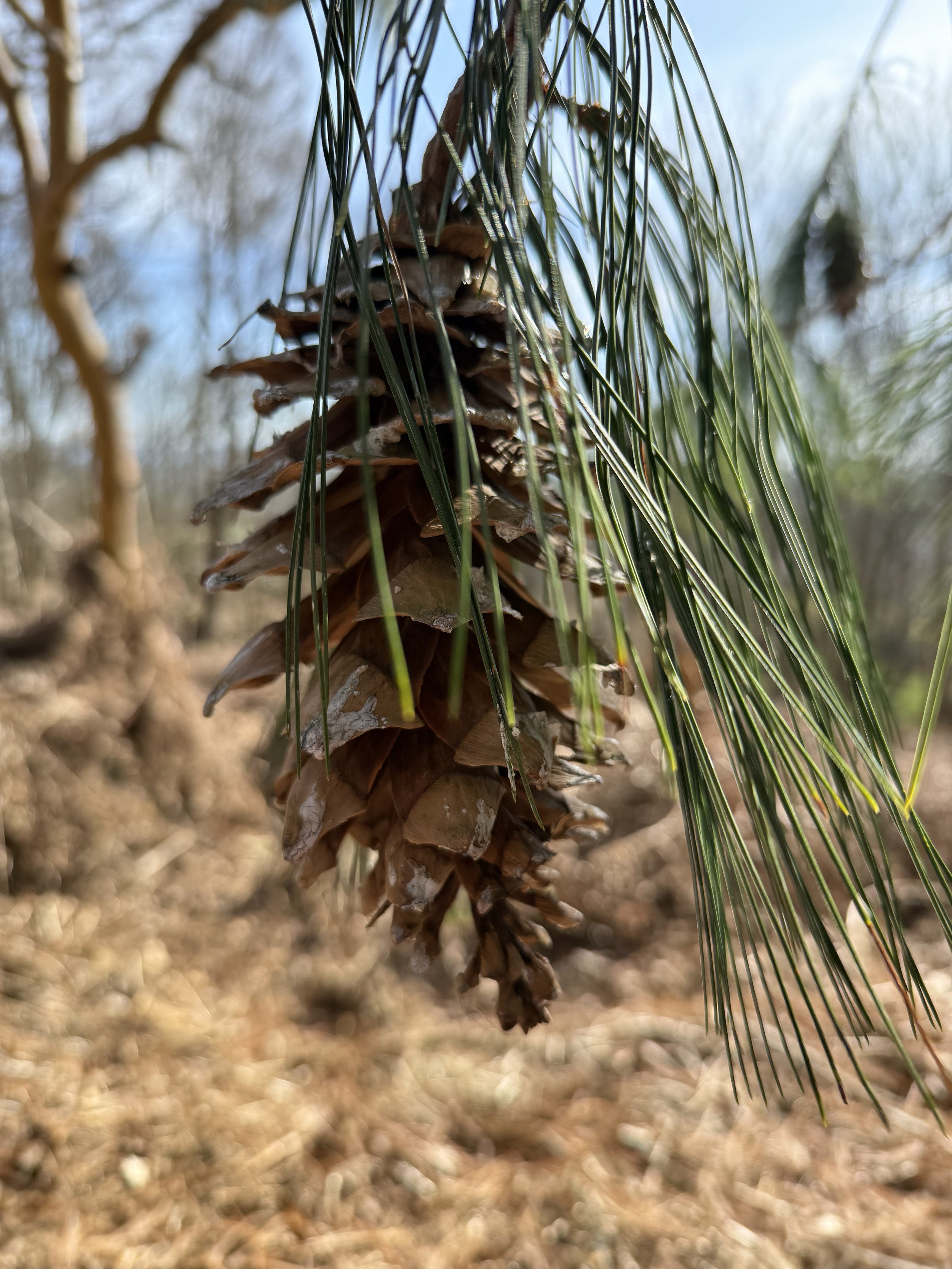
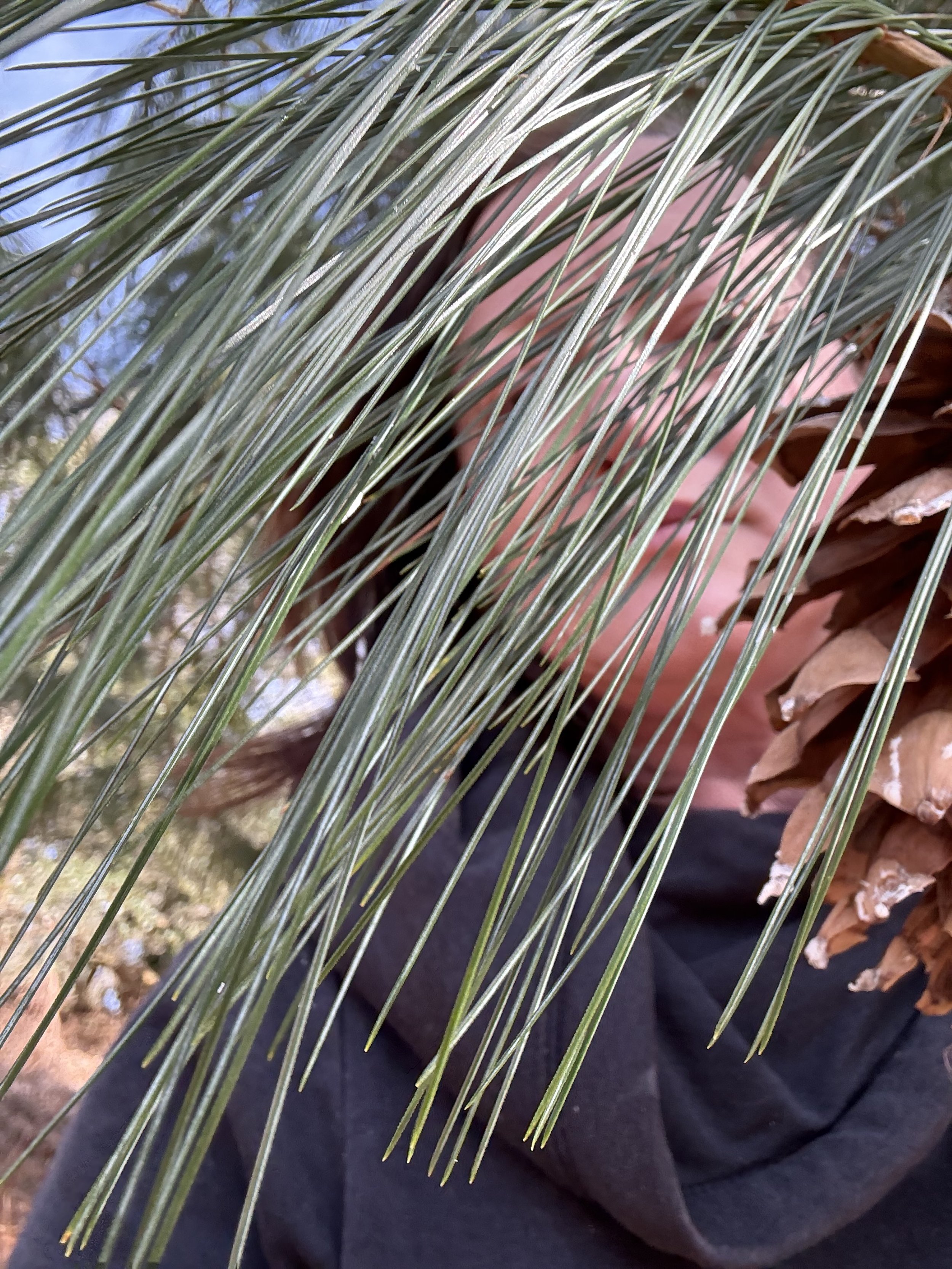
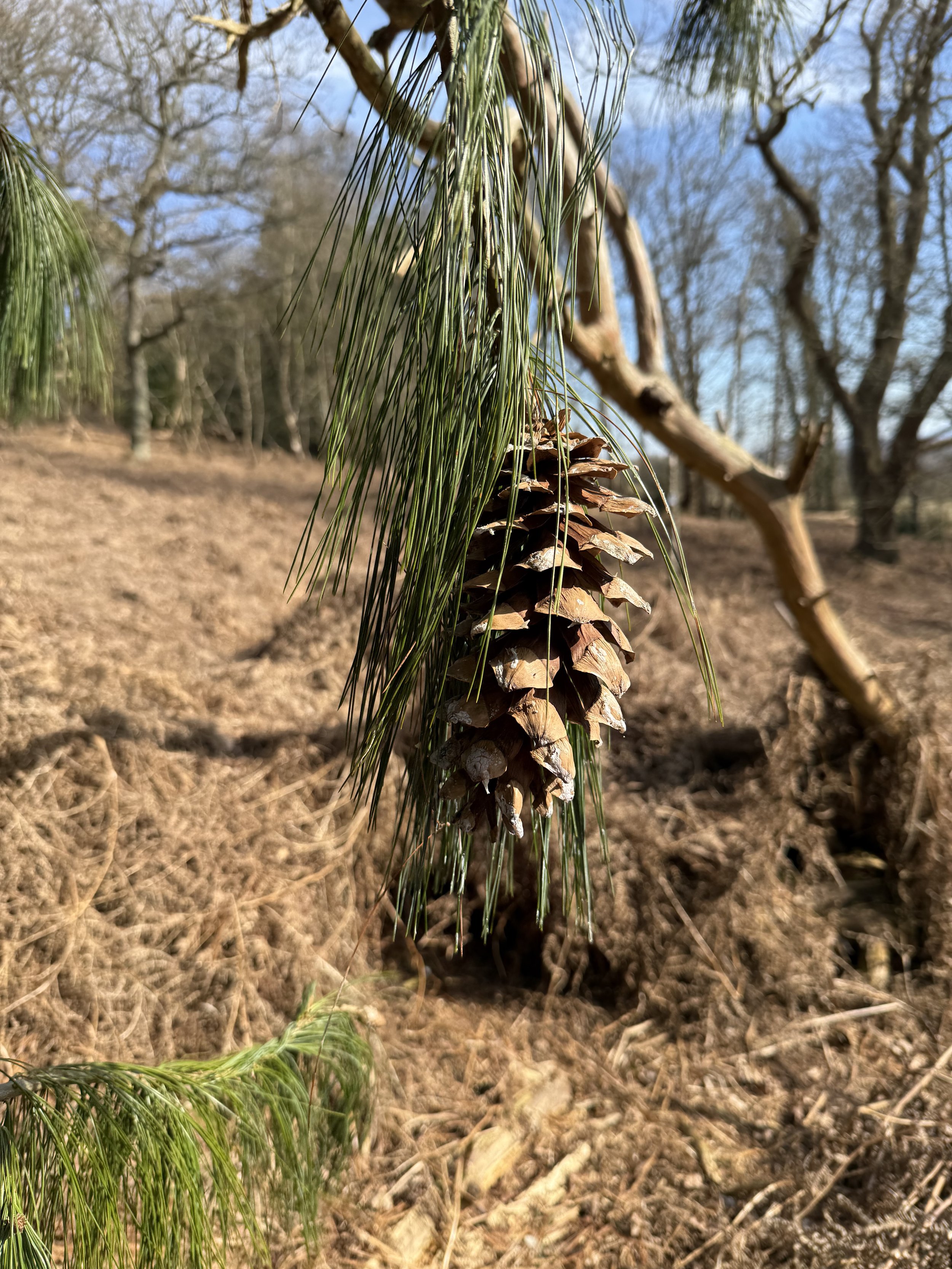
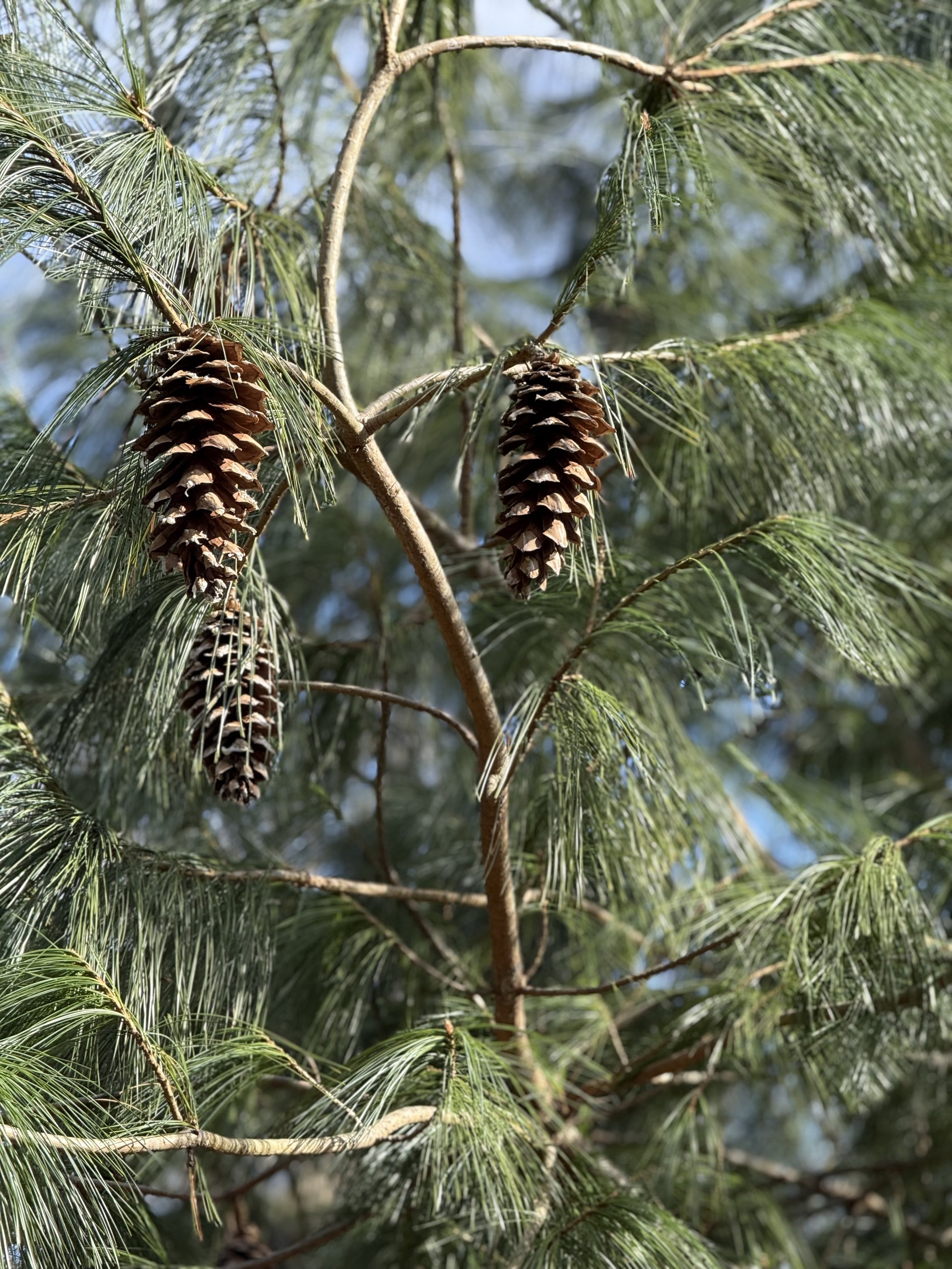
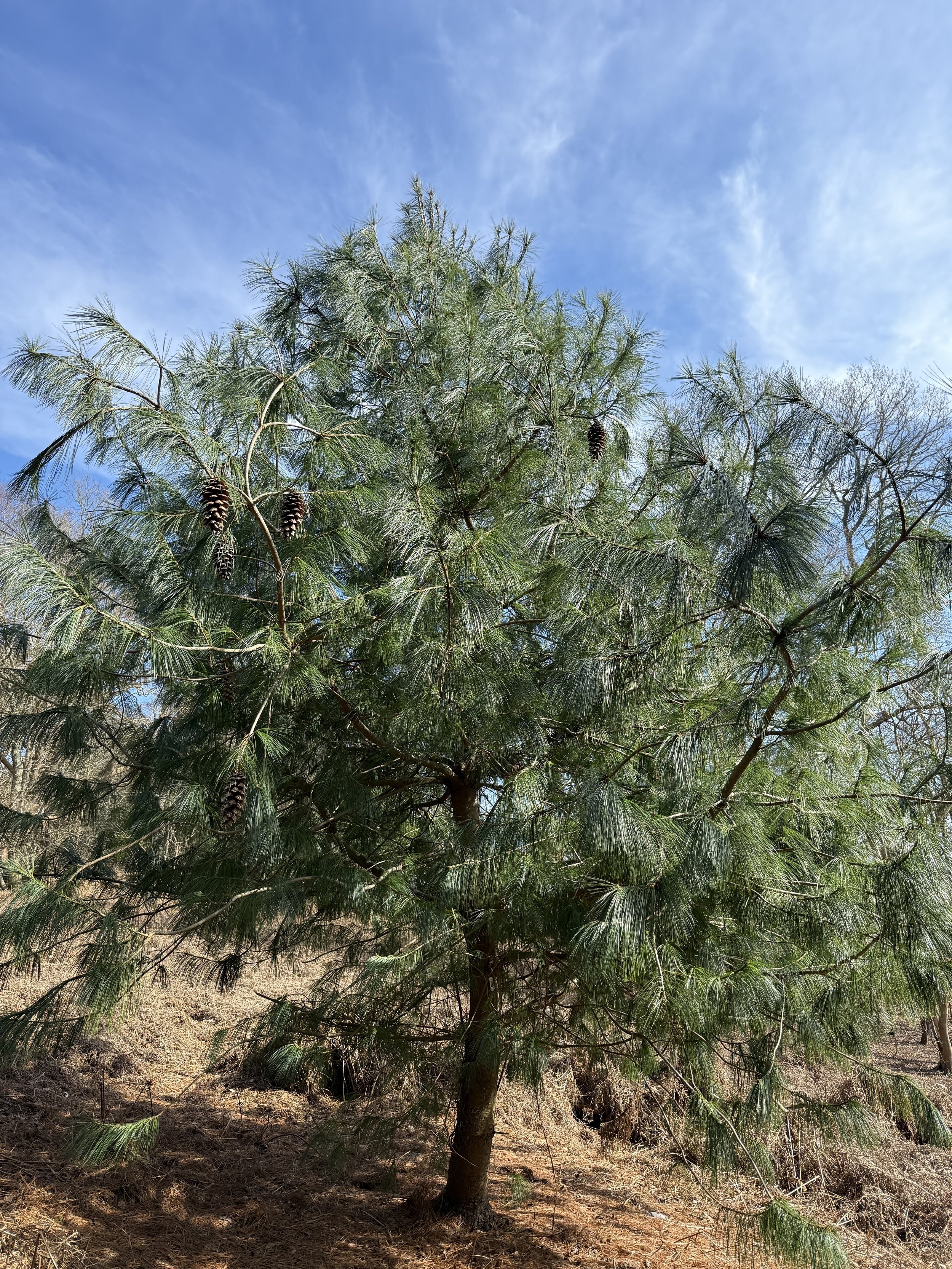
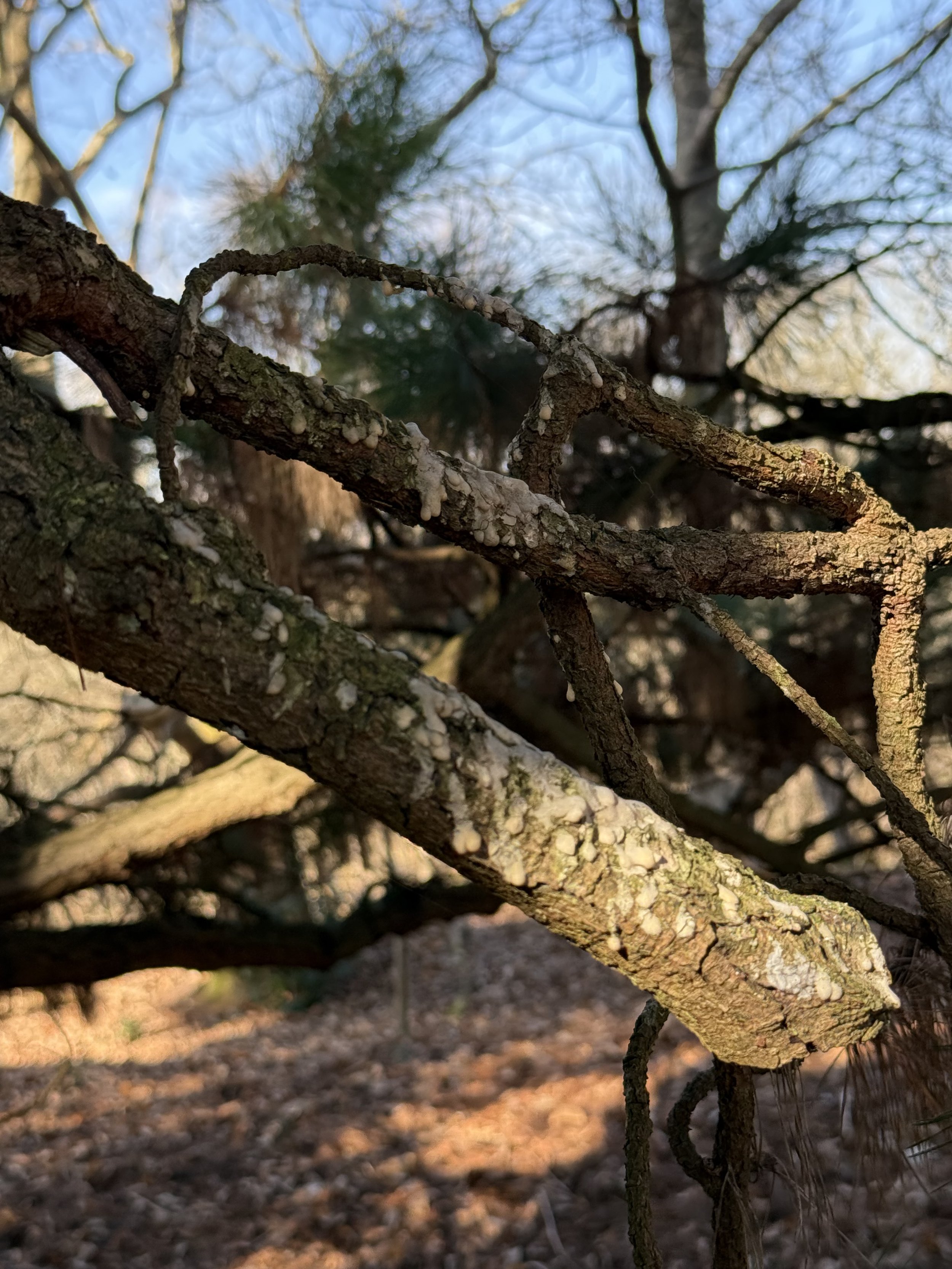
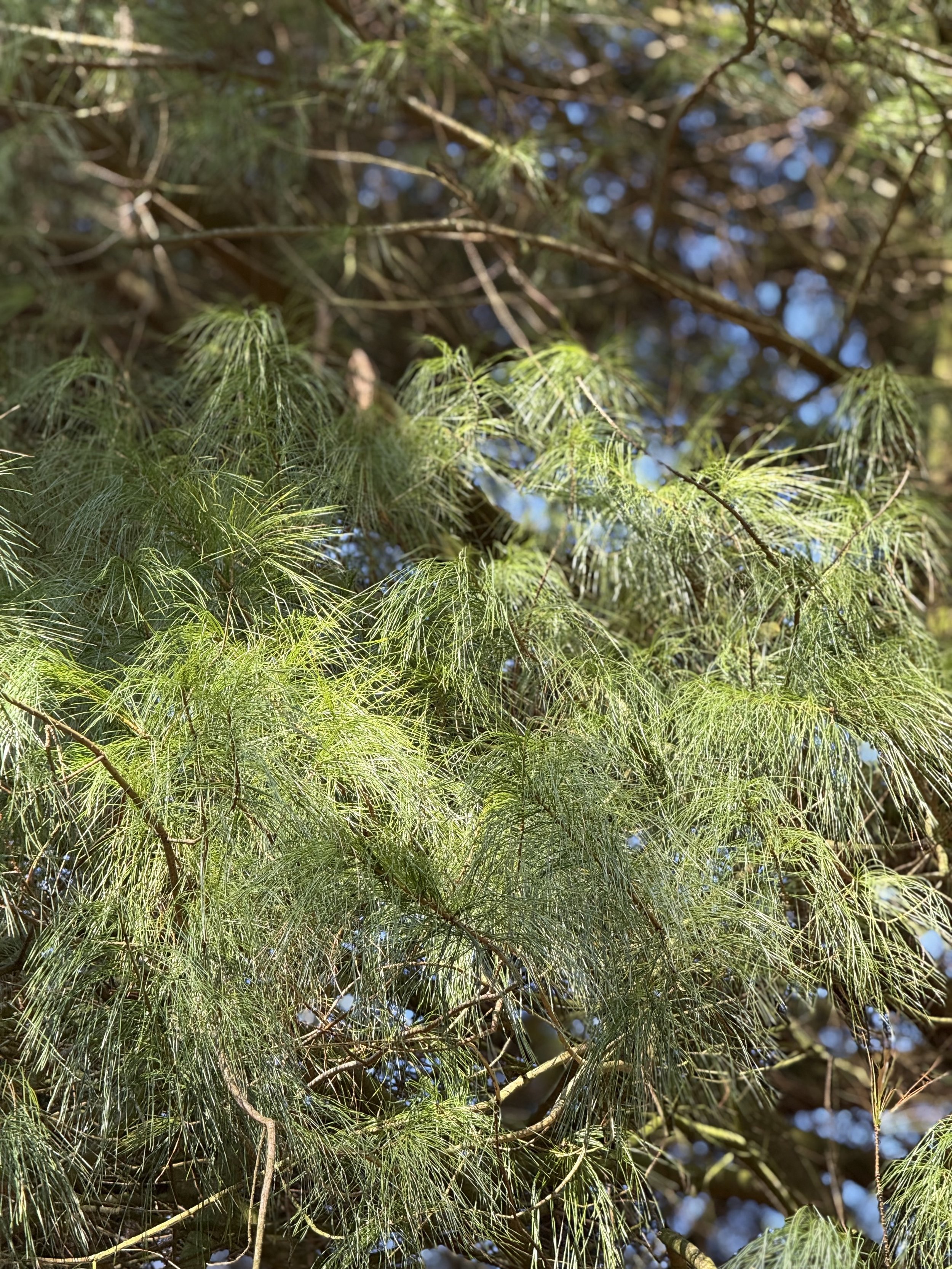
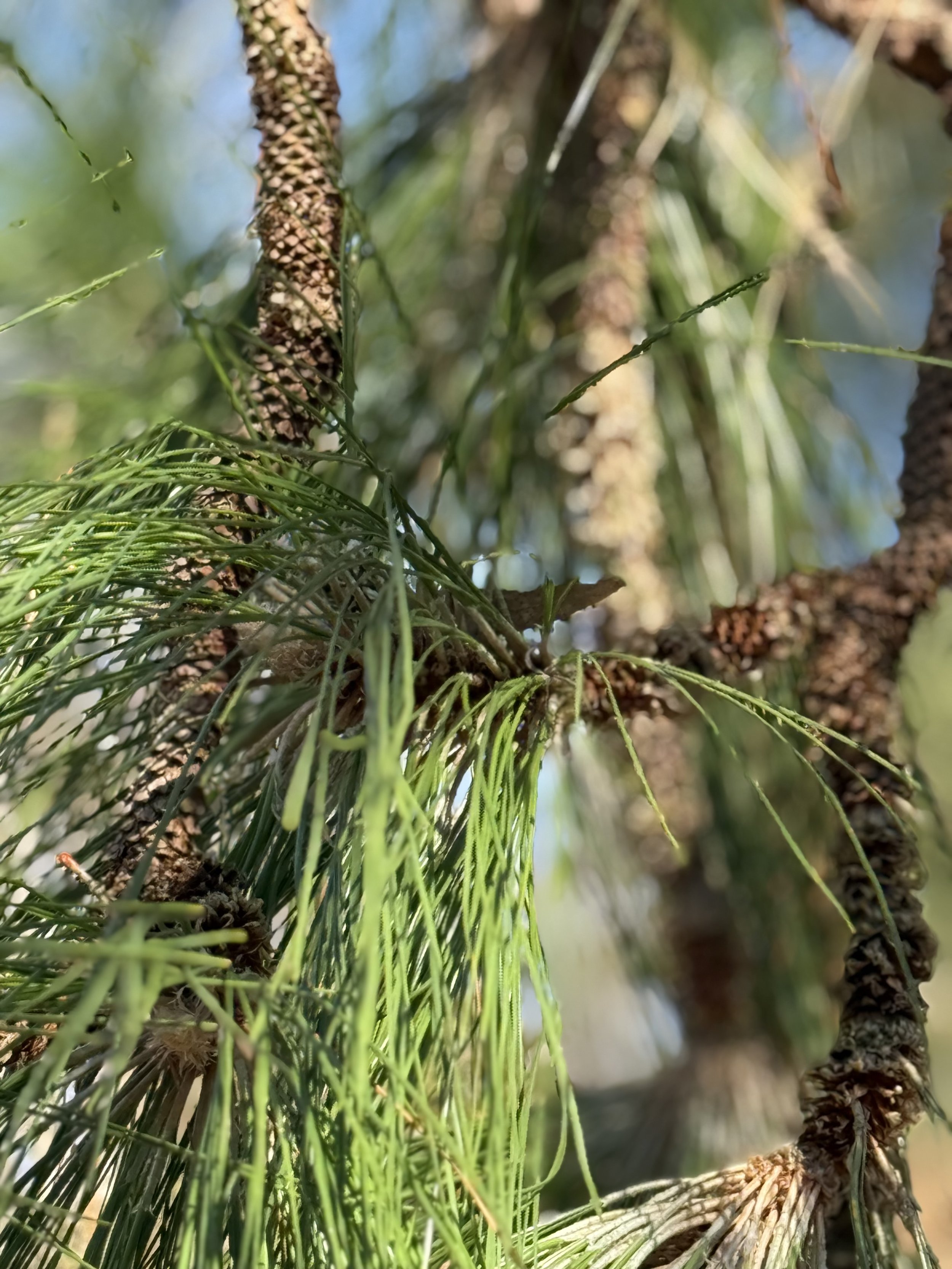

Historical Uses of Pine Trees
Medicine: Pine needles, bark, and resin have been used for centuries for healing wounds, treating coughs, and even preventing scurvy (due to their high vitamin C content).
Spiritual Cleansing: Pine is often burned as incense or in smudging rituals to purify spaces.
Wood & Tools: Pine wood is widely used in construction, shipbuilding, and making furniture due to its durability.
Food & Drinks: Pine nuts are a common ingredient in cuisine, and pine needle tea is used for its medicinal properties.
Perfume & Essential Oils: Pine resin has been used in fragrances, soaps, and cleaning products for its refreshing scent.
Pine Tree Symbolism
Eternal life (because it stays green year-round)
Resilience & endurance (it survives harsh winters)
Wisdom & peace (in many cultures)
AS MUCH AS I LOVE THE PINE THE WORLD IS OVERPLANTING AND OVER USING THEM!
The large-scale planting of pine forests for industrial purposes has raised environmental concerns in various regions worldwide. While pine plantations serve the timber and paper industries, their proliferation can lead to ecological imbalances.
Environmental Impacts:
Biodiversity Loss - Replacing native vegetation with pine plantations threatens local biodiversity. In central Chile, such conversions have significantly altered biotic communities, reducing native species diversity. Frontiers. Such plantations often lack the structural complexity of natural forests, limiting the variety of flora and fauna they can support.
Soil and Water Degradation - Pine plantations often have thicker litter layers and drier soils compared to native grasslands, leading to reduced soil moisture and altered nutrient cycles. For instance, in Ecuador's páramo ecosystems, pine plantations have been associated with decreased soil moisture and organic matter. BioOne+1BioMed Central+1 . Planting non-native conifers on peatlands can lead to soil degradation and changes in hydrology. Most native UK tree species cannot tolerate permanently waterlogged conditions, and the majority of UK peat bogs are naturally treeless. IUCN Peatland Programme
Increased Fire Risk -Dense pine plantations are more susceptible to severe wildfires. Studies indicate that these plantations burn more intensely than native forests, especially those with older, larger trees.
Carbon Storage Efficiency - Commercial plantations in Britain may not effectively sequester carbon in the long term. A significant portion of harvested timber is used for short-lived products or burned, releasing carbon back into the atmosphere. The Guardian.
The pine tree is rich in history, symbolism, and folklore across all cultures.
Growing up in the late 1970s, I assumed that everyone had an artificial Christmas tree. Only a few of the more affluent children at school had real trees—freshly cut from their roots—leaving behind fallen needles that would get stuck in your feet. At least, that was the reason my mother gave for not having a real tree, and as a child, I never questioned it. I wasn’t taught any differently.
For many years, I continued using an artificial tree, believing I was making an environmentally conscious choice by not cutting down a tree just for decoration. However, I later learned that artificial trees contribute more to waste and plastic pollution.
It took me years to find a place that sold live, potted Christmas trees—ones I could keep alive beyond the holiday season. Whenever I moved, I would either replant them in the garden or take them with me if they were still small.
Today, it has become far more common to choose pot-grown trees, which is a positive shift. However, despite this progress, the sheer number of cut trees discarded and burned after Christmas remains alarming.
Recently, while searching for a tree suitable for carving, I was shocked to see how many were simply wasted—it was both eye-opening and disheartening.
I have been given a few trees that, have been discarded at Christmas, and I hope to use as much of it as possible. Since embracing foraging and deepening my connection with nature, I’ve come to appreciate pine trees as some of the most remarkable and useful trees we have. Every time I encounter one, I take a moment to acknowledge its presence. Their scent is divine, and the gifts they offer, both nourishing and practical, are invaluable.
Here are some fascinating insights:
Folklore & Mythology
Ancient Greece & Rome: The pine tree was sacred to Dionysus, the god of wine and revelry. Pinecones were often used on his staff, the thyrsus, as a symbol of fertility and eternal life. In Roman mythology, the pine tree is linked to Attis, a Phrygian god associated with rebirth. According to legend, Attis transformed into a pine tree after his tragic death.
Norse Mythology: Pine trees were associated with Yggdrasil, the cosmic tree that connected the heavens, earth, and underworld. Though usually depicted as an ash tree, in some traditions, evergreen trees like pine were also seen as sacred.
Celtic & Druid Traditions: The Druids considered pine trees sacred and used them in winter festivals, as they symbolized resilience and immortality. Celtic folklore believed that pines could ward off evil spirits and were planted near homes for protection.
East Asian Beliefs: In China and Japan, pine trees symbolize longevity, perseverance, and wisdom. They are often depicted in art with cranes and turtles—symbols of long life. In Shinto beliefs, pine trees are linked to spirits (kami), and sacred pine branches are used in rituals.
Native American Legends: Many Indigenous tribes consider the pine tree a Tree of Peace. The Iroquois, for example, use the White Pine as a symbol of unity and harmony. Some tribes believe that pine trees house spirits and offer healing powers.
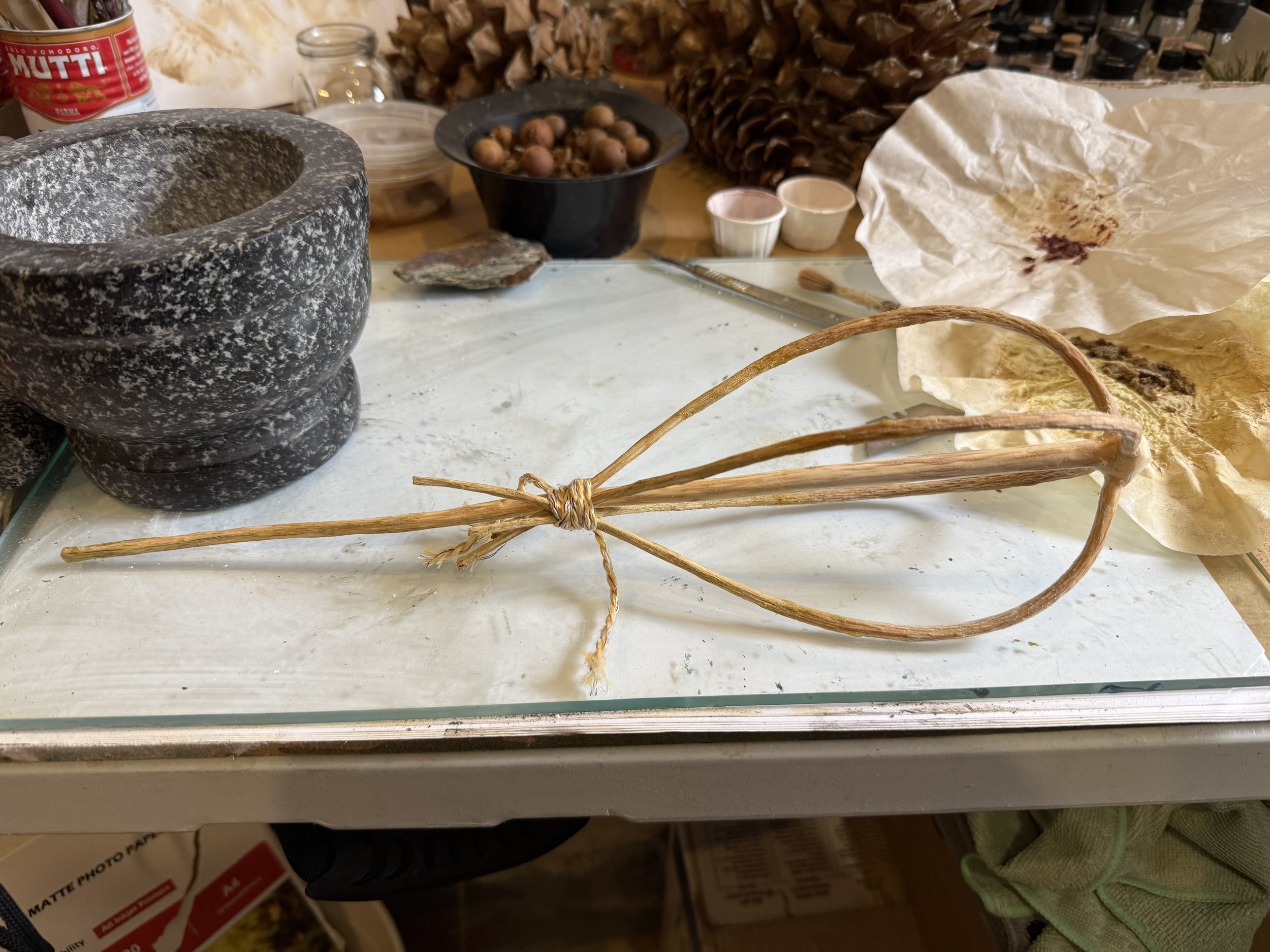

Examples of Overplanting
Germany: Northern Germany's extensive Scots pine plantations, covering over 1.7 million hectares, have been criticized for not being environmentally friendly or climate-smart. ScienceDirect
South America: In countries like Brazil, Argentina, Uruguay, and Chile, 97% of forest plantations consist of exotic species, primarily pine and eucalyptus. While these plantations support the timber and pulp industries, they often replace native forests, raising ecological concerns. Dialogue Earth
Patagonia, Argentina: The expansion of pine plantations in Patagonia has led to droughts, destruction of native trees, and increased fire hazards, impacting local ecosystems and communities. wrm.org.uy
in the UK, Scotland: The expansion of conifer plantations in Scotland has been debated. Critics argue that such plantations can negatively impact native ecosystems, while proponents highlight their economic benefits and potential for carbon sequestration when managed responsibly.

